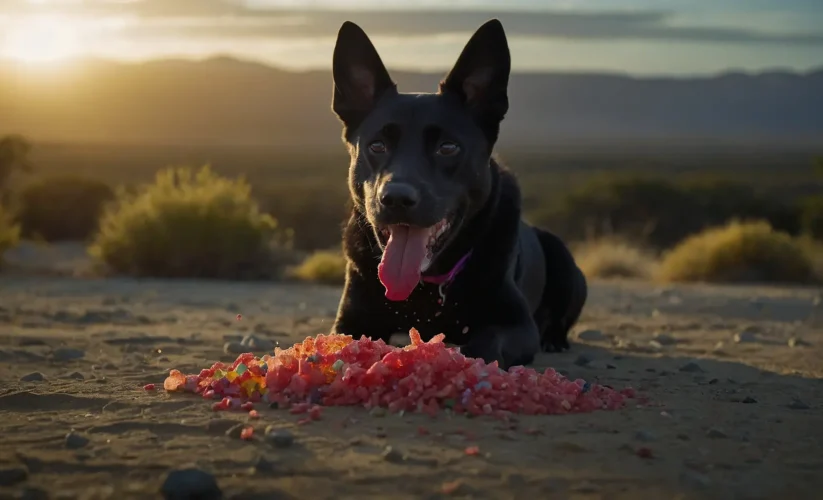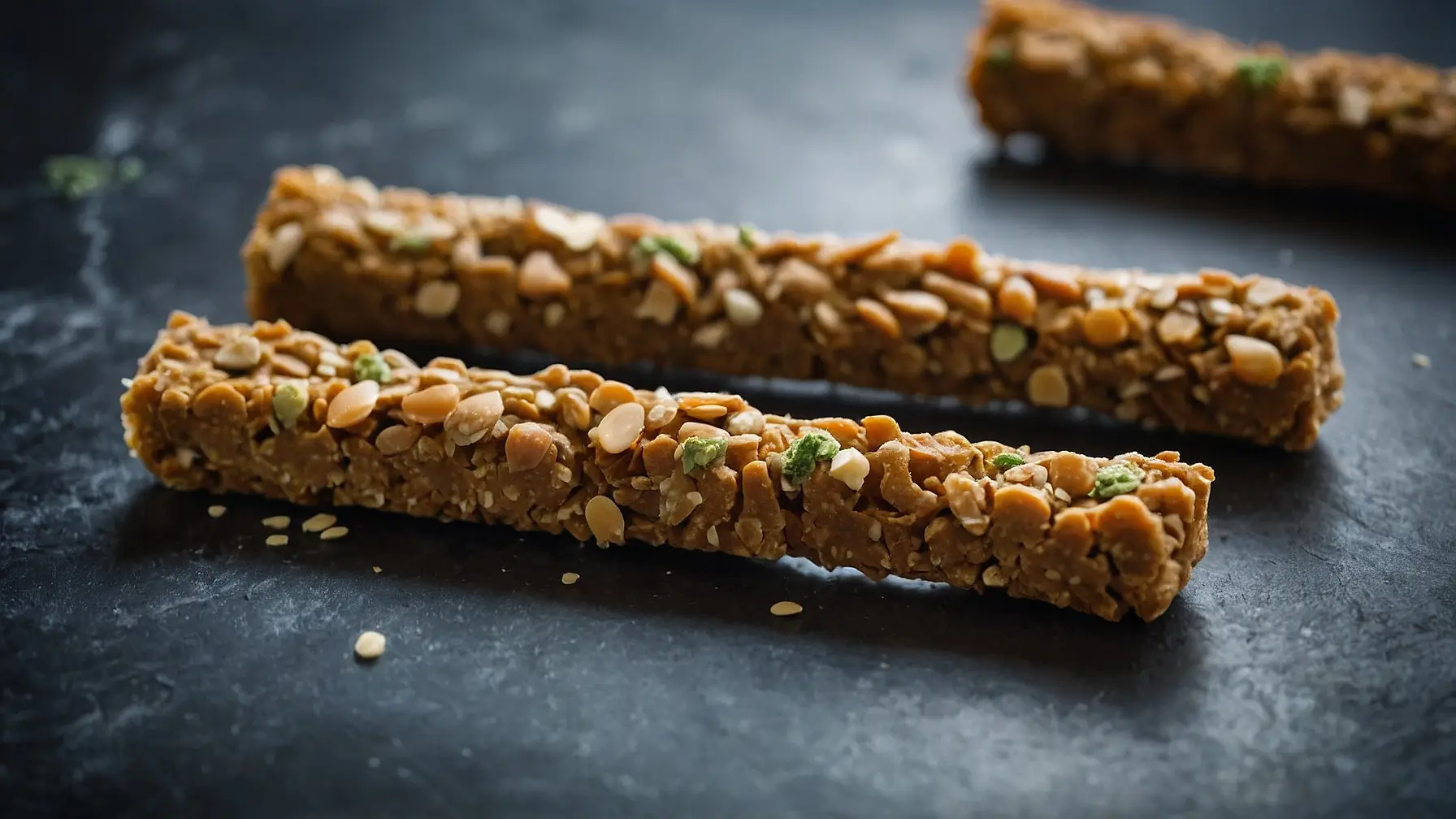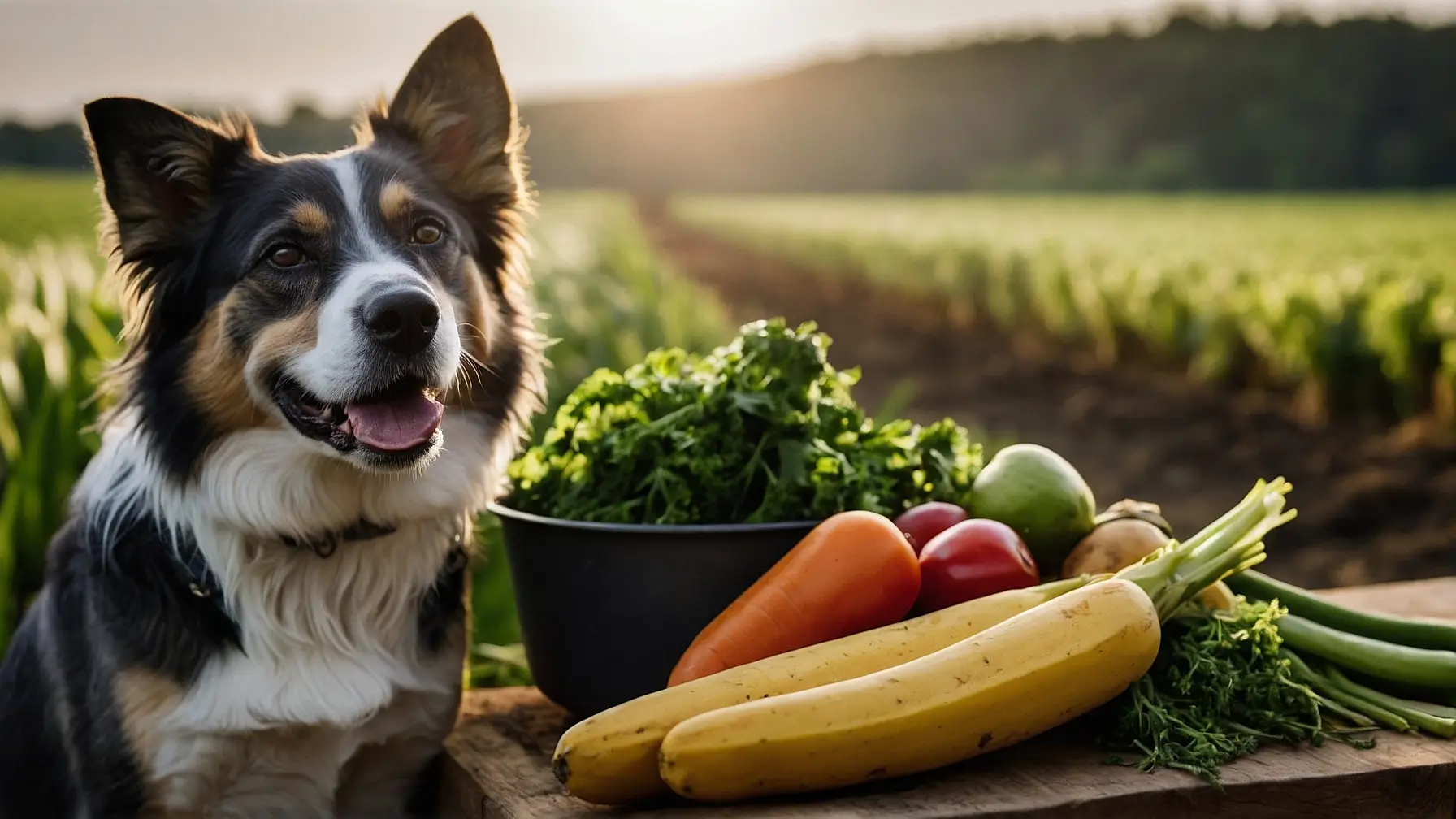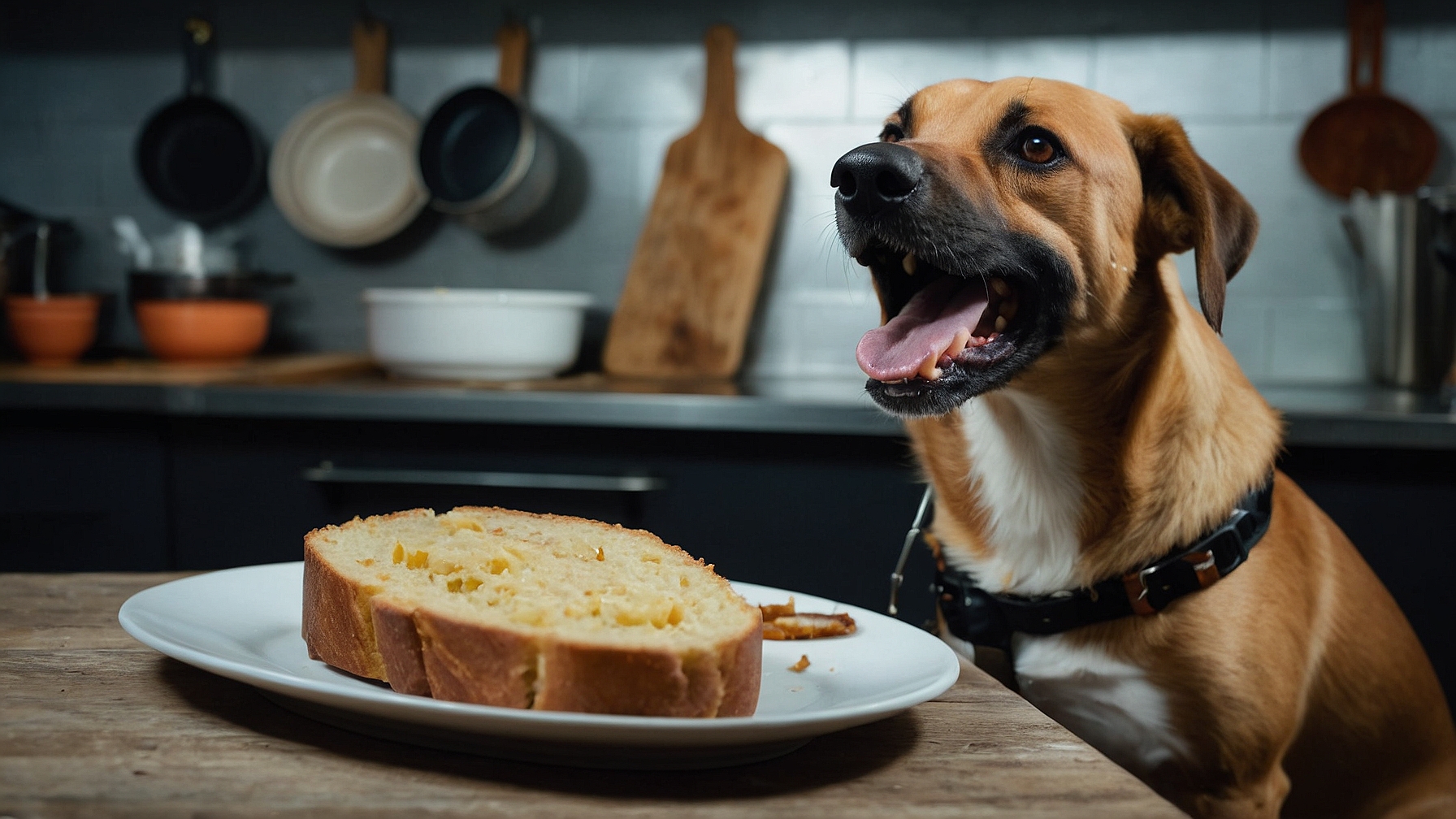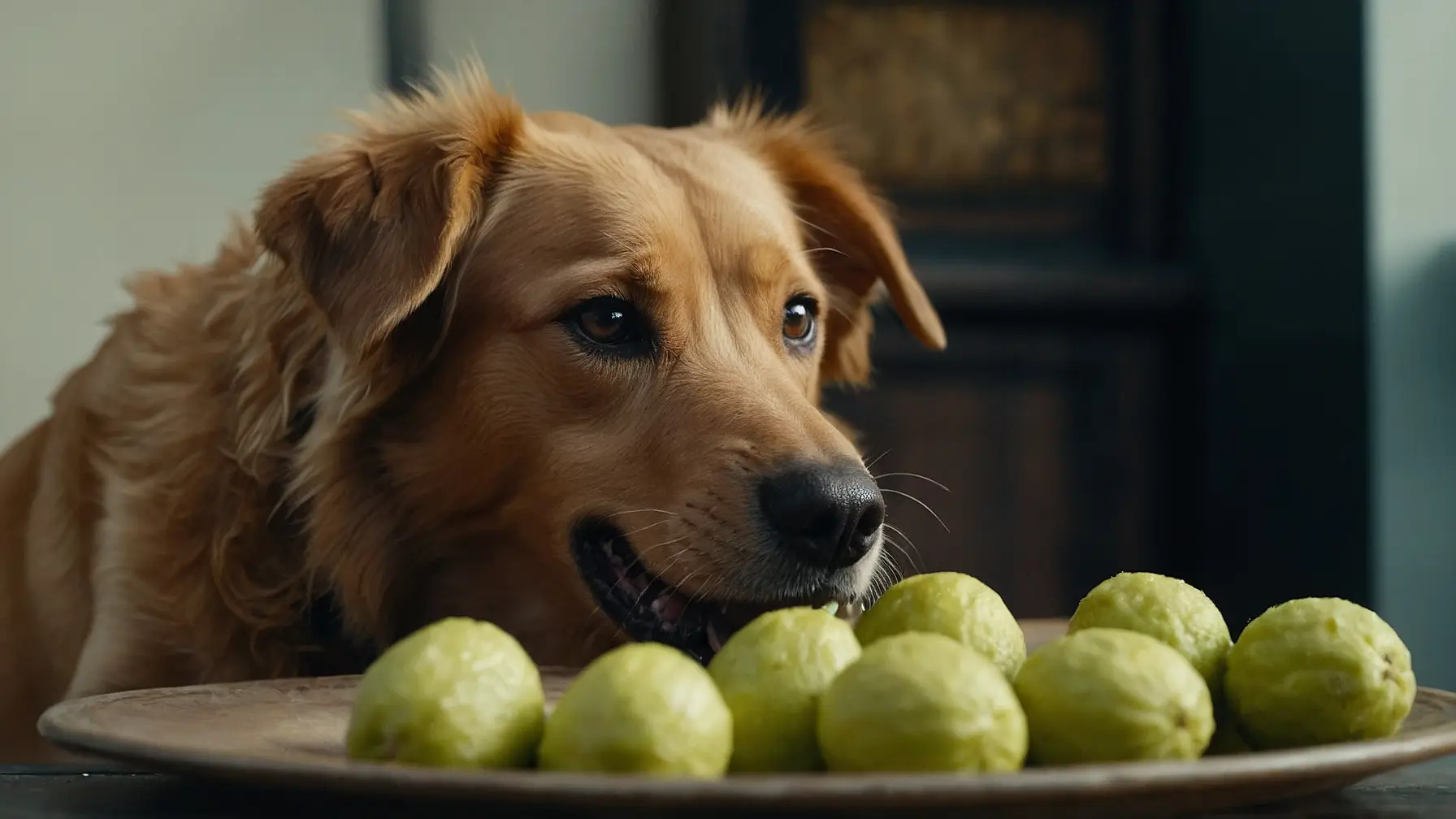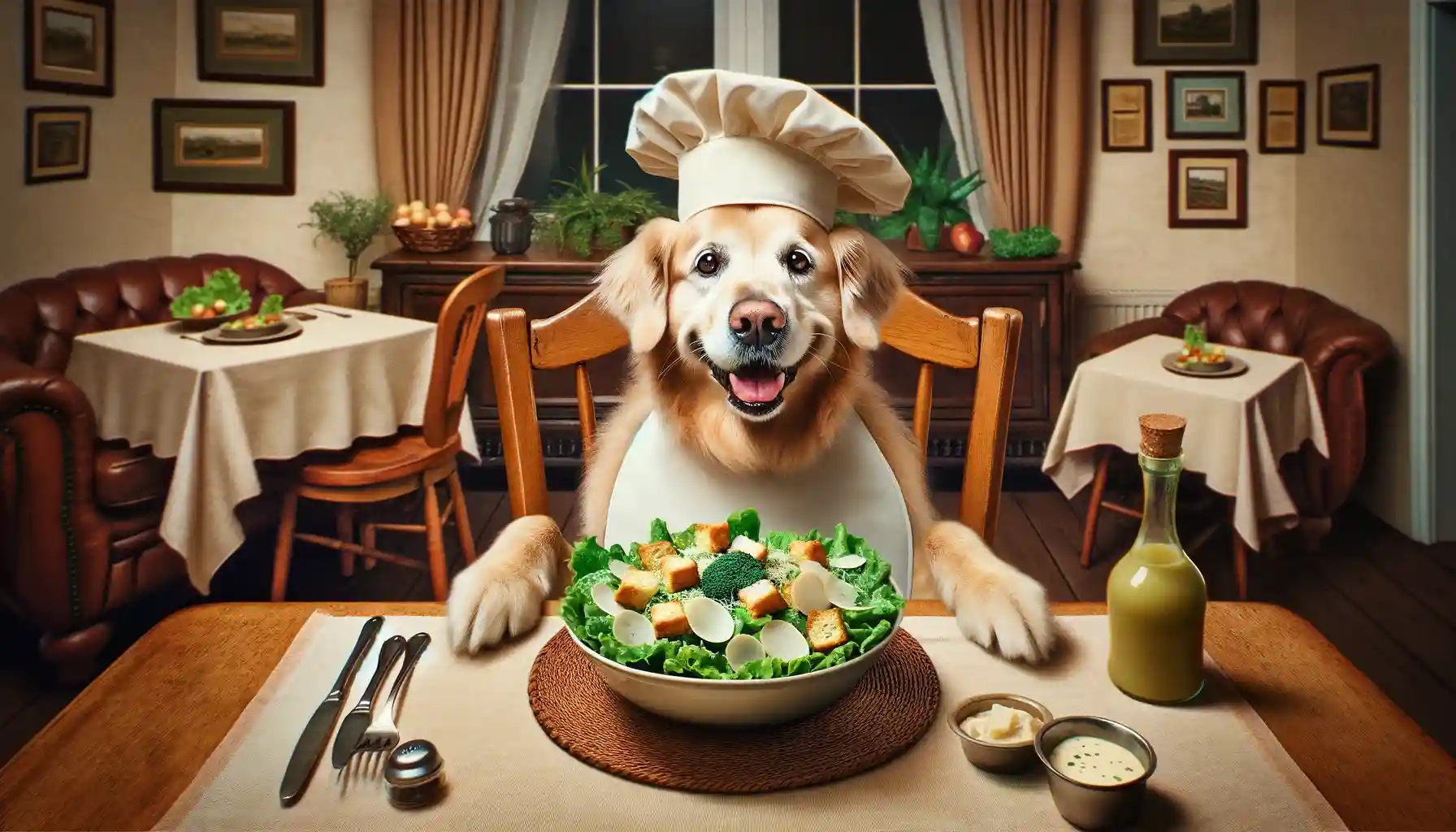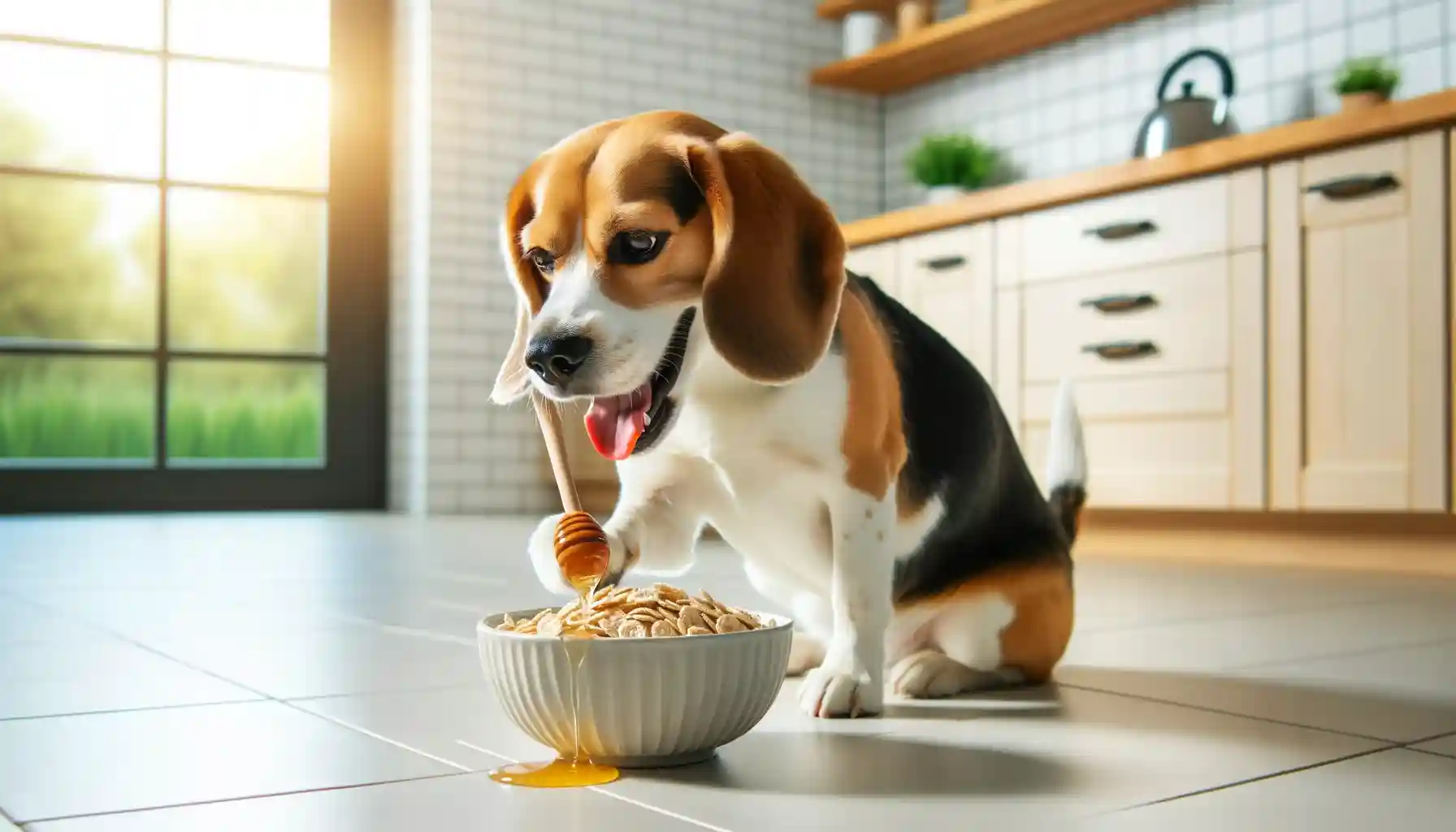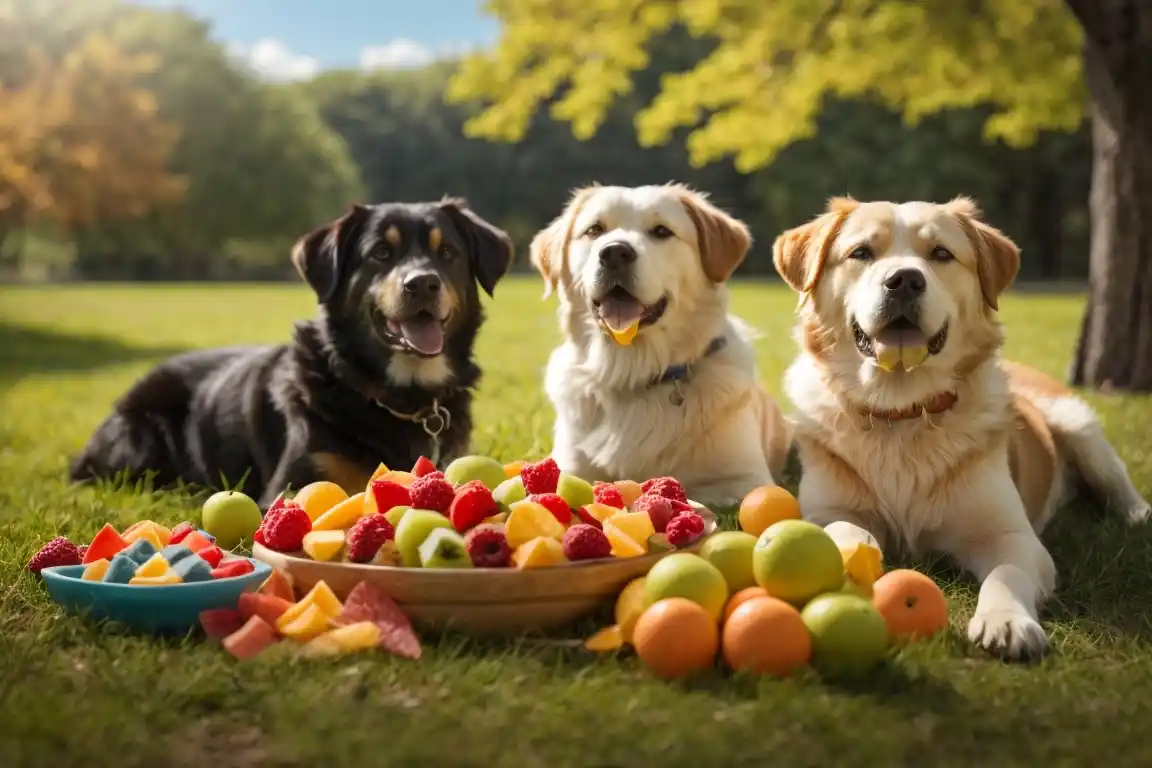Can Dogs Eat Polenta?
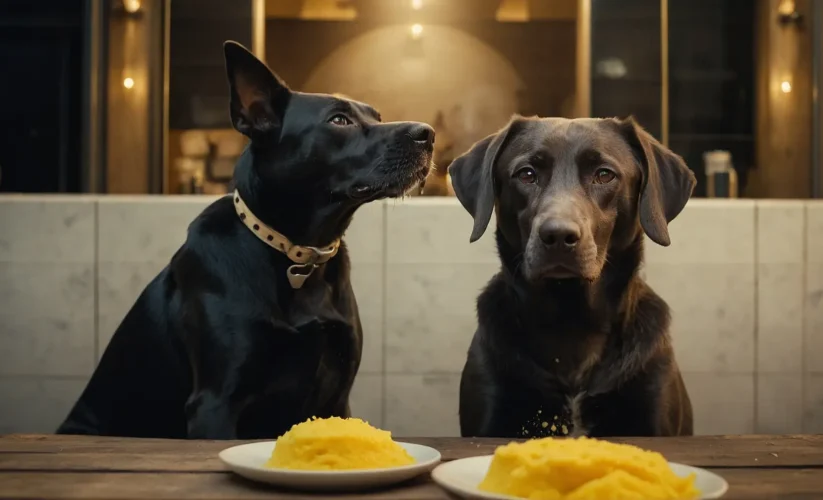
As dog owners, we constantly strive to ensure our furry friends are fed a balanced and nutritious diet. Among the myriad of food choices, polenta, a traditional Italian dish made from ground cornmeal, often arises as a topic of curiosity. This versatile dish can be served creamy or allowed to set and then sliced, offering a range of textures that might appeal to our canine companions. However, the question remains: “Can Dogs Eat Polenta?” Is it a safe and healthy choice for dogs? In this comprehensive guide, we delve into the benefits and potential risks of feeding polenta to dogs, explore safer grain alternatives, and conclude with some final thoughts to help you make informed decisions about your dog’s diet.
Is Polenta Good for Dogs?
Polenta, in its basic form, is made from cornmeal, water, and salt, ingredients that are not inherently harmful to dogs. In fact, polenta can be a good source of carbohydrates and provide energy for active dogs. Its texture and palatability can also make it an appealing addition to a dog’s meal, especially for those with picky appetites.
Nutritionally, polenta offers a modest array of vitamins and minerals, including B vitamins, which are essential for energy metabolism, and minerals such as magnesium and iron. When served plain and in moderation, polenta can be a beneficial part of a dog’s diet, particularly for those requiring easily digestible foods. Additionally, for dogs with allergies to grains like wheat, polenta can serve as a gluten-free carbohydrate alternative.
However, the key to incorporating polenta into your dog’s diet is moderation. As with any addition to a dog’s diet, it’s essential to consider the overall balance of nutrients. Polenta should not replace the core components of a dog’s diet, such as high-quality protein sources, but rather complement them.
Is Polenta Bad for Dogs?
While polenta can be a safe addition to a dog’s diet, there are circumstances where it may not be advisable. The primary concern with feeding dogs polenta relates to its calorie and carbohydrate content. For dogs that are overweight or lead a sedentary lifestyle, adding a high-carbohydrate food like polenta could contribute to weight gain and related health issues.
Another consideration is the preparation of the polenta. Often, polenta is enriched with ingredients like cheese, butter, or heavy cream to enhance its flavor. While these additions make the dish more palatable for humans, they can be problematic for dogs. High-fat foods can lead to pancreatitis in dogs, a serious and potentially life-threatening condition. Therefore, if you choose to feed your dog polenta, it should be plain and free from these rich, fatty ingredients.
Moreover, the high fiber content in cornmeal, the primary ingredient in polenta, can cause digestive issues in some dogs. Symptoms such as bloating, gas, or diarrhea can occur if a dog is not accustomed to fiber-rich foods or if polenta is introduced too quickly into their diet.
Are Other Grains Safe For Dogs?
When considering grains for dogs, it’s important to look beyond polenta. Many grains can be a healthy part of a dog’s diet, provided they are prepared simply and fed in moderation. Brown rice, for example, is a whole grain that offers dogs essential nutrients, including fiber, vitamins, and minerals. Barley and oats are other excellent choices, offering dietary fiber that supports healthy digestion and can help manage cholesterol levels.
Quinoa, although technically a seed, functions much like a grain and is another safe option for dogs. It is high in protein and a good source of all nine essential amino acids, making it particularly beneficial for vegetarian diets. However, as with polenta, the key to feeding these grains is simplicity—avoid adding salt, butter, or rich sauces that could harm your dog.
Final Thoughts
In conclusion, “Can Dogs Eat Polenta?” Yes, polenta can be a safe and nutritious addition to your dog’s diet when fed in moderation and prepared plainly. It offers a source of carbohydrates and energy, and its versatility makes it an attractive option for dogs who might be picky eaters or have specific dietary needs. However, it’s crucial to balance polenta with high-quality protein sources and other nutrients essential for your dog’s health.
When introducing “Can Dogs Eat Polenta?” or any new food into your dog’s diet, start with small amounts and monitor for any adverse reactions. Remember, every dog is unique, and what works for one may not work for another. Consultation with a veterinarian is always recommended when making significant changes to your dog’s diet.
Ultimately, while polenta and other grains can have a place in a dog’s diet, they should complement, not replace, the foundational elements of nutrition for your canine friend. By choosing the right foods and maintaining a balanced diet, you can ensure your dog remains healthy, happy, and well-nourished.

